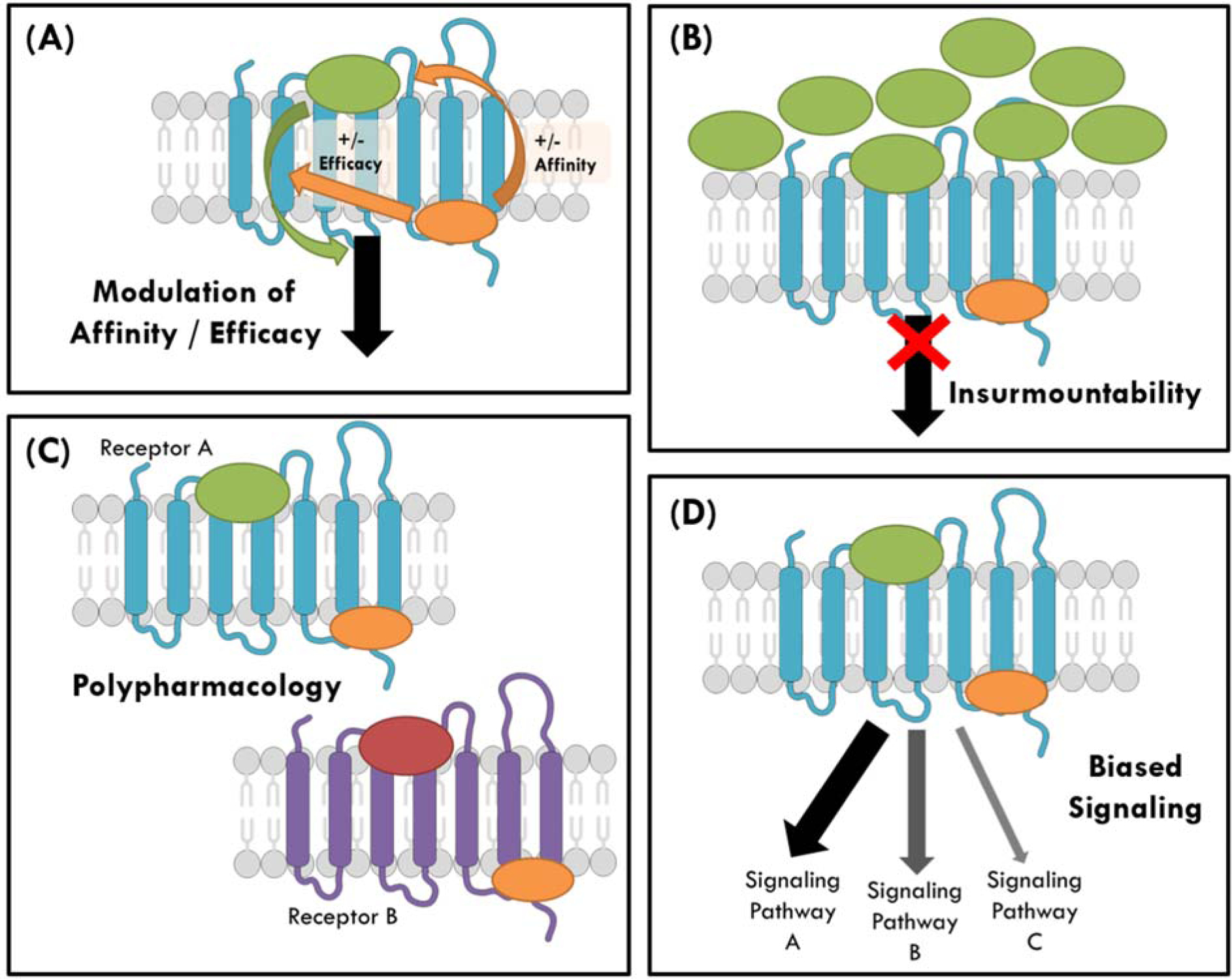Figure 4. Potential advantages of intracellular allosteric modulators.

(A) Intracellular allosteric modulators (small molecules, pepducins or intrabodies, shown in orange) have the potential to positively or negatively modulate the affinity and/or the efficacy of the endogenous ligand (shown in green or red) or any orthosteric ligand. The ultimate response depends on the level of positive or negative cooperativity between the two ligands. (B) Intracellular ligands can display insurmountability, as they can inhibit the receptor (shown in blue) even when high concentrations of endogenous ligand are present. (C) A highly-conserved intracellular binding site provides the possibility of designing intracellular ligands that bind and exert their effect in multiple receptors (receptor A in blue and receptor B in purple). These pharmacological ligands, as opposed to selective ligands, might be advantageous in diseases where more than one receptor is involved. (D) Intracellular ligands can also promote biased signaling, by preferentially modulating one signaling pathway over another upon activation by the endogenous ligand. For instance, they can stabilize G protein signaling over β-arrestin signaling. Source of cellular biology illustrations: Servier Medical Art by Servier, available from https://smart.servier.com/.
